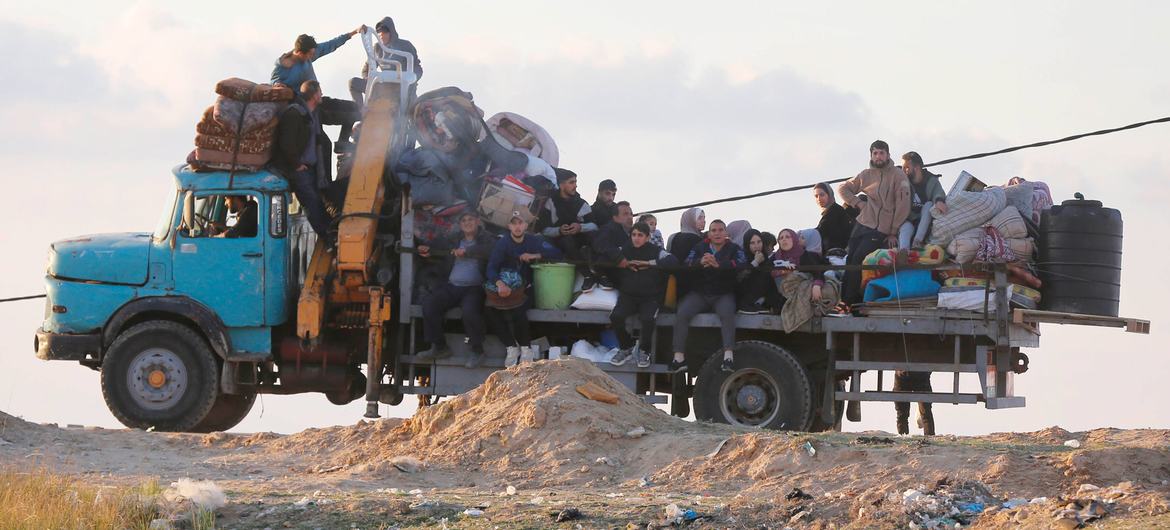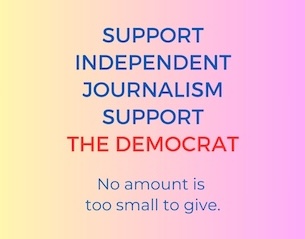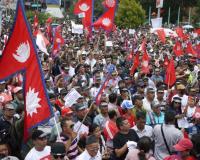- World
- Gaza health system collapsing, as UN agencies renew ceasefire call
Gaza health system collapsing, as UN agencies renew ceasefire call

The World Health Organization (WHO) is continuing to do all it can to deliver critical medicines, supplies and fuel to Gaza hospitals, where the health system is collapsing, an agency official said on Wednesday.
Sean Casey, WHO Emergency Medical Teams Coordinator, was speaking fresh from a more than five-week visit to the war-torn enclave, where he said convoys have faced access and security constraints, as well as movement limitations.
“The last week that I was in Gaza, we tried every single day for seven days to deliver fuel and supplies to the north, to Gaza City. And every day those requests for coordinated movement were denied,” he told journalists in New York.
Suffering and desperation
Only around 16 out of 36 hospitals in Gaza are “minimally or partially functioning” after more than three months of conflict.
Hospitals are crammed with thousands of patients and people escaping fighting which has displaced nearly 85 per cent of the population, 1.9 million people. Many of Gaza’s 25,000 health professionals are among those uprooted, making it difficult for them to get to work.
“I saw patients in hospitals every day with severe burns, with open fractures, waiting hours or days for care, and they would often ask me for food or water. It demonstrates the level of desperation that we see,” said Mr. Casey.
Though stressing the need for greater access of both medical staff and supplies, “overall, the most critical need is really a ceasefire because everything short of that is simply addressing needs on a day-by-day basis,” he said.
Overstretched and under-resourced
Mr. Casey visited six hospitals including Al-Shifa in Gaza City, located in the north.
Gaza’s largest hospital, with more than 700 beds, “is now an emergency room that’s full of severely injured patients and five or six doctors and nurses”. Tens of thousands of displaced persons are living in operating theatres, corridors, and on the stairs.
At Al-Ahli Hospital, also in the north, he saw patients “lying on church pews, basically waiting to die, in a hospital that had no fuel, no power, no water; very, very little in the way of medical supplies and only a handful of staff remaining to take care of them.”
Further south, only 30 per cent of staff remain at Nasser Medical Complex in Khan Younis, overwhelmed by patient numbers. The burn unit was staffed by one doctor caring for 100 patients.
Delivery requests denied
Mr. Casey said WHO is also working to mobilize additional surgeons, doctors and nurses in Gaza and to establish field hospitals.
The aim is to “backfill” some of the displaced health workers and to meet the significantly increased burden of care, whether due to injuries or “atrocious” living conditions that have increased the risk of infectious disease.

UNRWA chief renews ceasefire appeal
The head of the UN agency that assists Palestinians, UNRWA, on Wednesday repeated his call for an immediate humanitarian ceasefire in Gaza following his fourth trip to the enclave since the start of the conflict on 7 October.
“This has gone on for far too long. There are no winners in these wars. There is endless chaos and growing despair,” Philippe Lazzarini said in a statement.
Fear, death and trauma
He highlighted the situation around Rafah, in southern Gaza, the crossing point for aid delivery into the enclave, where the population has almost quadrupled to more than 1.2 million.
“Makeshift structures of plastic sheeting have mushroomed everywhere including on the streets,” he said, as people try to protect themselves from the rain. Some of these shelters are housing over 20 people.
“Everyone I met had a personal story of fear, death, loss, trauma to share. Over the 100 days, the people of Gaza have moved from the sheer shock of losing everything, in some cases every member of their family, to a debilitating struggle to stay alive and protect their loved ones,” he said.
Mr. Lazzarini visited an UNRWA school in Deir al-Balah that is now a shelter, where “the overcrowding was claustrophobic, and the filthiness was striking.” Women told him of how they went without food and water to avoid having to use the unsanitary toilets.
Commodity prices rising
He also drew attention to the situation caused by the scarcity of commercial goods allowed into Gaza. As a result, the price of basic commodities has increased up to 10 times. Chronically ill people do not have sufficient medicine, for example to treat diabetes or high blood pressure.
“People are not able to wash and stay clean. Long and repeated blackouts in telecommunications, including internet and mobile phones add to the distress as people feel cut off from the rest of the world,” he said, adding “the siege is the silent killer of many.”
Northern Gaza restricted
Meanwhile, there is very little information about northern Gaza as access to the area remains highly restricted. Mr. Lazzarini said he was not allowed to visit the area, and UNRWA convoy and aid trucks are often delayed for hours at the checkpoint.
“Many desperate people now approach our trucks to get food directly off them, without waiting for distribution. By the time the Israeli authorities give our convoys the greenlight to cross, trucks are almost empty,” he said.
Mr. Lazzarini noted that UNRWA staff have also been impacted by the conflict yet still work tirelessly. However, he said he cannot reassure them that they, their families or UN facilities will be safe.
“I call once again for an immediate humanitarian ceasefire that can bring some respite and enable a much needed and significant increase in the flow of basic supplies, including through the commercial route,” he said. “Anything short of this will prolong the misery of an entire population”.











